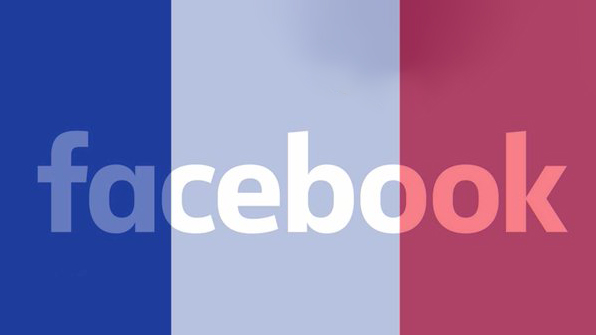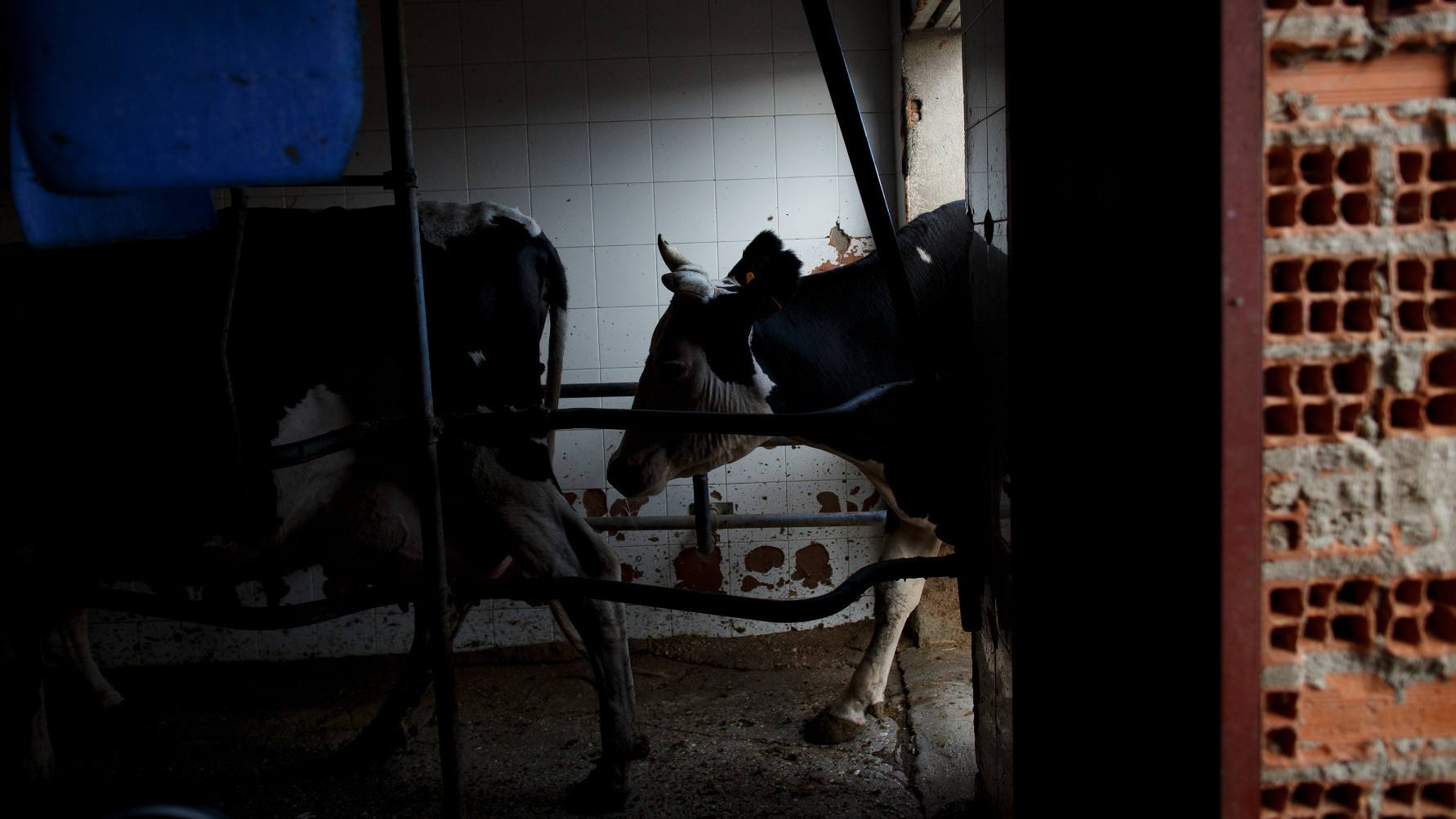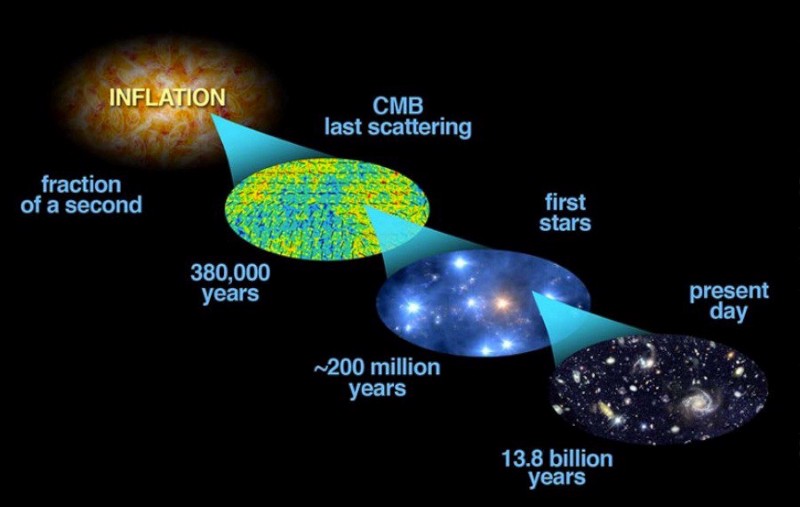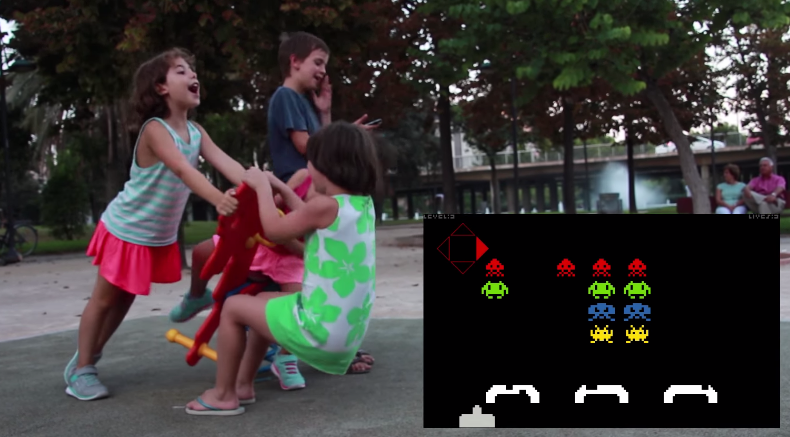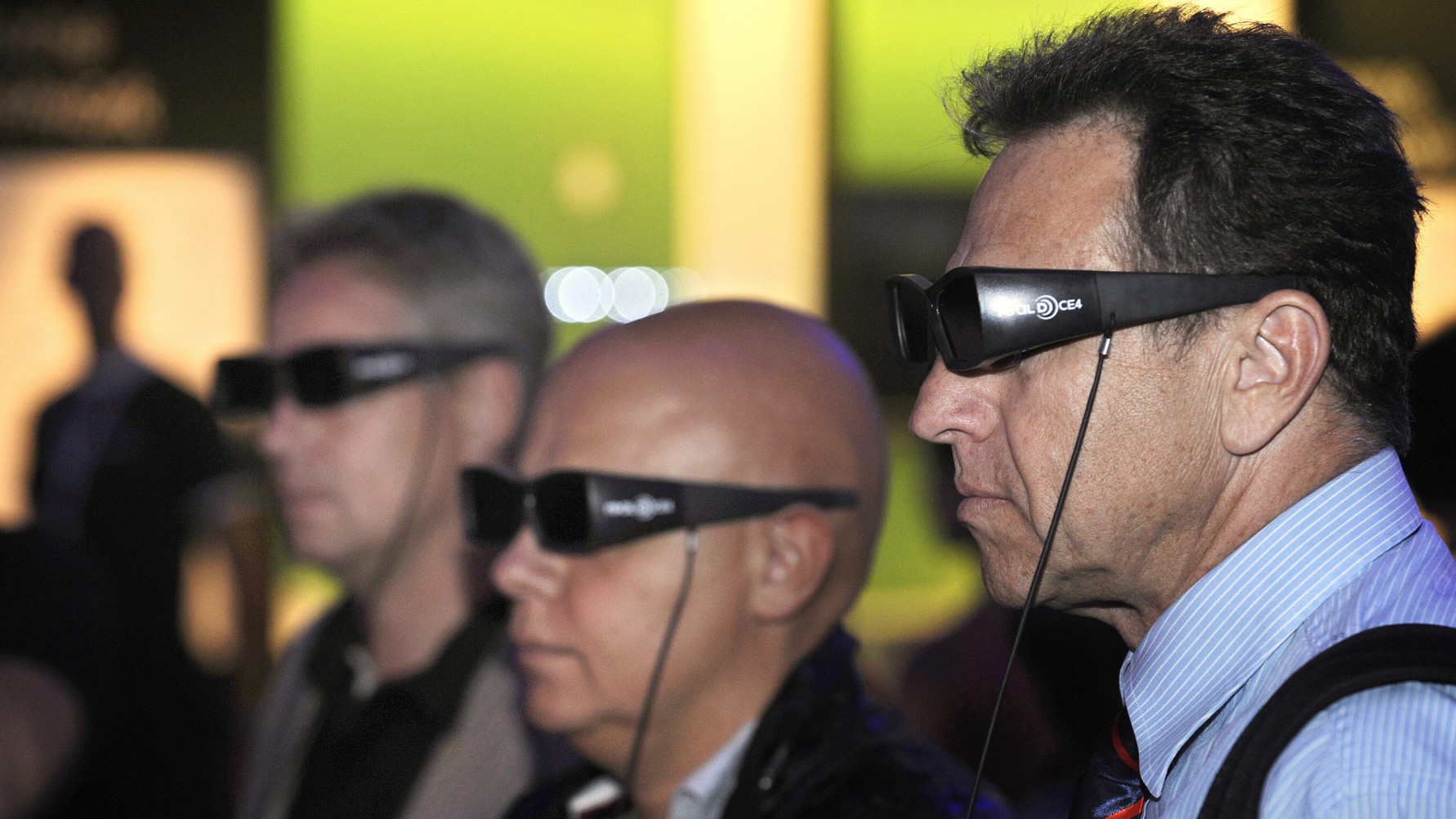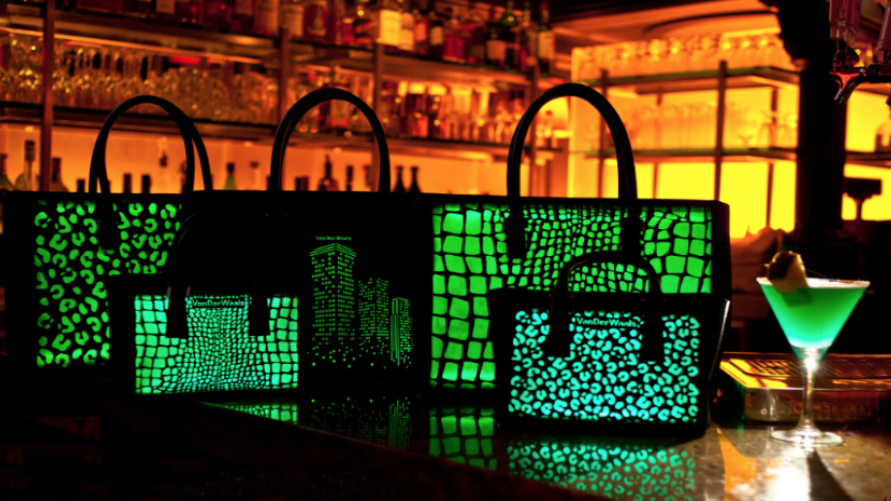Pretty soon, these maps may be as dated as the Bing Crosby song
Search Results
You searched for: Virtual Worlds
The tale of a young man driven to his death for fighting for what is right, and the young woman picking up where he left off.
Artists such as Glenn Ligon still look to comedian Richard Pryor to make sense of the African-American experience.
Virtual reality company Fove doesn’t just want to manufacture a VR headset; it wants to make one with eye-tracking technology.
Don’t know Ellsworth Kelly or his art? Now’s your chance — he’s dead.
Let the French flag fly on Facebook. It flies for us all. It flies for life.
Freud was much more than the Id and Oedipus, and he may be the answer to today’s problems.
This could really revolutionize higher education.
In a world where we all eat fake meat — and so stop breeding domesticated livestock — the animals happiness we prize could simply disappear.
Science is the best tool we have for predicting the future. Here’s what the next year ought to bring. “For last year’s words belong to last year’s language And next year’s […]
The famous Keep Calm and Carry On poster had a First World War antecedent.
For more than six years, Clara Boj and Diego Diaz have been developing a solution that enables kids to simultaneously enjoy the physical and virtual worlds of play. Their invention, HYBRIDPLAY, turns playground objects into game controllers and teaches kids how to work collaboratively.
That dizziness you reportedly feel after watching a 3D film may be all in your head.
How do you typically let other people into your minds? You smile. You laugh. You use language to communicate thoughts and feelings. Jason Silva is here to explain why that’s all going to change once virtual reality reaches its full potential.
▸
3 min
—
with
Who will care for you in old age? Given dramatically lower fertility rates and population aging, combined with the high cost of caregiving, the future of eldercare and senior housing may be in for a big change. Can you imagine a future where robots provide care to older adults? Whether you think it cool, or creepy, the future may begin on July 17th when the Henn-na Hotel in Japan opens with a mostly robotic staff — is senior housing next?
Four billion years ago, the Universe was a different place. What would we have seen? “In such moments, offering up his heart at the hour when the flowers of night […]
American stuff is the stuff of American history, as recorded in still life painting.
VanDerWaals’ line of app-enabled, color-changing bags could represent the future of tech-driven fashion items.
Or is this an example of the media hype surrounding Hawking going nuts? “Thus it seems Einstein was doubly wrong when he said, God does not play dice. Not only […]
Every year, Peter Diamandis ruminates on the kinds of technology ready to leap from “deceptive” to “disruptive.” In this video, he explores virtual reality as an innovation ready to take the leap.
▸
3 min
—
with
An interesting point in case are the twin maps of Africa shown here, one of the spread of Islam, the other the spread of AIDS. Beware of the map that is too straightforward and simple.
In collaboration with Exponential Finance
How tides, gravity and lava give Io the youngest surface in the Solar System. “The crust, being so thin, must bend, if, over wide areas, it becomes loaded with glacial […]
More than 20 years ago, the sitcom Seinfeld went “meta” and joked that it was “a show about nothing.” But 20 years before George Costanza’s epiphany, artist Richard Tuttle was staging shows about nothing featuring works such as Wire Piece (detail shown above) — a piece of florist wire nailed at either end to a wall marked with a penciled line. But, as Jerry concludes, there’s “something” in that “nothing.” A new retrospective of Tuttle’s art at the Fabric Workshop and Museum in Philadelphia, Both/And: Richard Tuttle Print and Cloth, dives into the depths, and widths, of this difficultly philosophical, yet compellingly simple artist who takes the everyday nothings of line, paper, and cloth to create extraordinary statements about the need to be mindful of the artful world all around us.
Chris Anderson, curator of TED Talks, explains how the plummeting price of bandwidth about a decade ago opened opportunities for new innovation to grow.
▸
3 min
—
with
Pluto’s moons, Nix and Hydra, are the first with irregular rotations, and hence unpredictable sunsets and sunrises. “Movin’ right along.You take it, you know best.Hey, I’ve never seen the Sun […]
By the 1960s the two most criticized art forms in America were modern art and television. Some critics called modern art mystifying junk, while others targeted TV as anything from trash to a threat to democracy. Revolution of the Eye: Modern Art and the Birth of American Television at The Jewish Museum, New York, hopes to redeem both media by exploring how modern art provided an ethos and aesthetic for early television — a debt repaid later as television, in turn, inspired a new generation of modern artists, including Andy Warhol, who began as a modernist-influenced graphic designer for, among other clients, television networks. By looking back at modern art and television’s mutual love affair from the 1940s to the 1970s, Revolution of the Eye challenges us to reflect on the artistic aspirations of TV’s latest golden age.
Forget the drones, 4K TVs and virtual reality headsets. This year’s Consumer Electronics Show was dominated by devices and services that connect your world.
In a world where the future of seemingly everything is online, museums — those repositories of the past — seem to resist the internet’s full digital embrace. It’s a question that’s increasingly crossed my mind thanks to a series of unrelated stories that share two common questions — how do people use museums now and how will they in the future? For every digital breakthrough enticing us to step on the virtual gas comes a cautionary tale reminding us to pump those virtual brakes. Ultimately, the online revolution is coming to museums, but is the future of museums really online?





